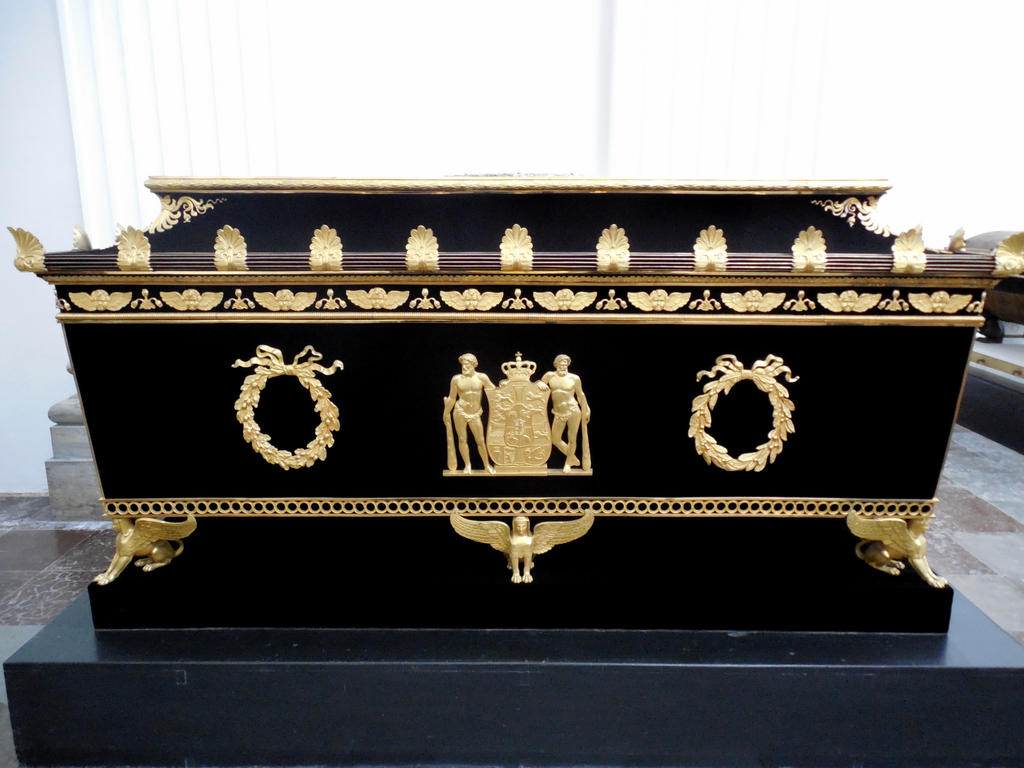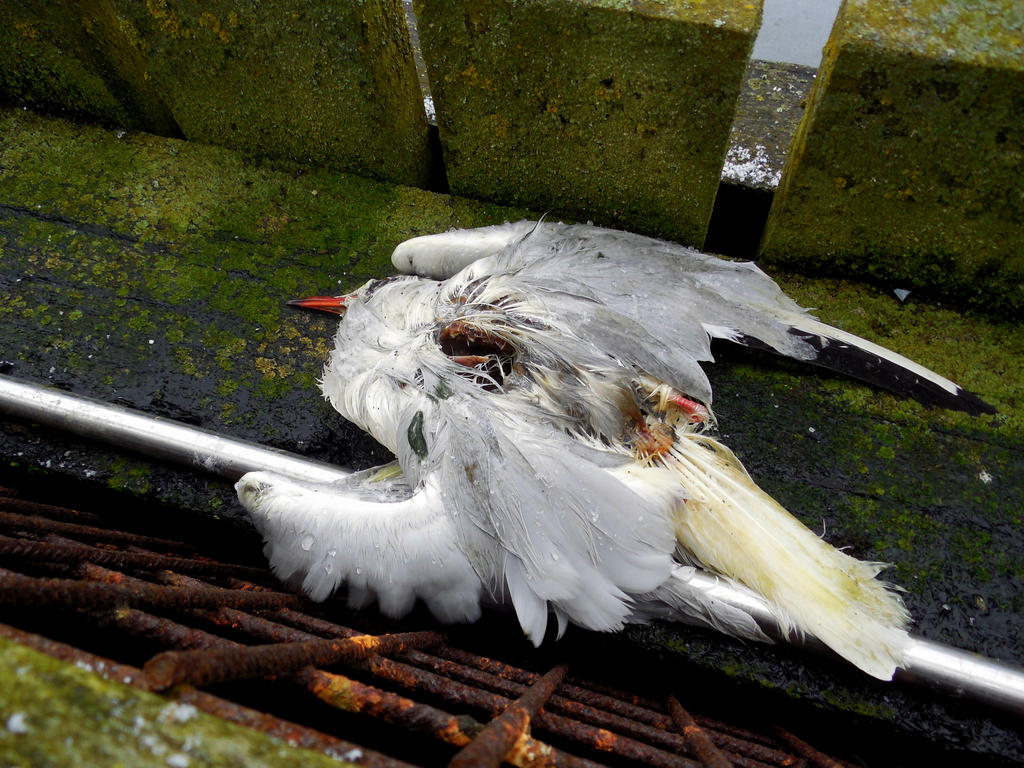This past weekend I spent about four delightful days in Finland with my illustrious colleague Adam. We divided our time between Helsinki and Nuuksio National Forest, a park about 40km northwest of the city, near the suburb Espoo. Thanks to the combination of the scenery and the fantastic people I met, I think this my favorite trip I've ever taken.
The nearest thing I can liken the woods of Finland to are the Adirondacks or the pine forests of Maine, but with many more lakes; the country itself has 187,888 lakes. It was so wonderful to get out of the city and into some true wilderness. It felt a little bit like going home, and really made me realize how much I miss having (almost) immediate access to the great outdoors.
 |
| Any one for some snowshoeing? |
 |
| Ja tak! |
As much as I love the people I hang out with here in beauteous Copenhagen, it was also really wonderful to leave the herd for a little while and make some new connections. And make them we did. Not only did we spend a lot of quality time with our two fantastic hosts, Pekka and Marek, we also met a pack of Danes and other assorted Viking-ly people out in the wilds of Nuuksio. snowshoeing Danes are pictured above.
This particular post is about the my time in the forest though, so for now, I'll stick to that. And what better way to start off than with some pictures?
 |
| A hut, where we roasted sausages and made coffee over an open fire. |
 |
| We did a bit of sledding. |
One of the main purposes for this trip was to go in a real Finnish sauna, and jump in a Finnish lake. That was a goal I accomplished quite admirably.
 |
| The walk down to the sauna at dusk. |
 |
| This. I jumped into this. Several times. |
 |
| The long walk back to warmth. |
The food in the forest was amazing. Words simply cannot do it justice. and the conversation was even better. Pekka is a fascinating man, and one of the most insightful people I have ever met. And there's just something about an open fire and being surrounded by silent trees that inspires hours of talking.
 |
| We roasted rainbow trout next to a fire. This is a particularly wonderful cooking method, because not only does it result in wonderfully tender, juicy fish, but it also creates the perfect atmosphere for reflective pre-dinner conversation. |
 |
| The finished product. |
At least for me, one of the major highlights of the trip was spending the night somewhere completely dark and silent. Such a welcome break from my very noisy apartment across the lakes from a hospital. Waking up in the middle of a snow covered forest wasn't half bad.
 |
| Dawn. |
 |
| I could get used to waking up to this. |
After a nice breakfast, and chat with a friendly American family who were stopping in to enjoy the sauna, we headed off for some snowshoeing and ice fishing. It was pretty cool to be casually walking across lakes, stopping off at Pekka's preferred fishing spots. I actually caught a fish- something I'm quite proud of.
 |
| Pekka, demonstrating the proper method of hole drilling. |
 |
| Icicles. |
 |
| Finnish is a funky language. But Finnish accents are great! |
And then I got to drive back to Helsinki.








































